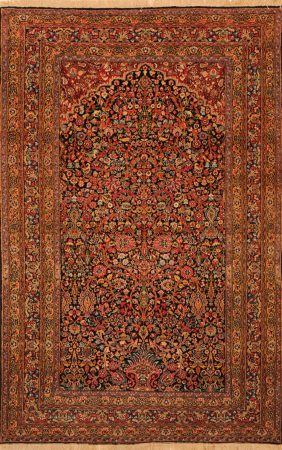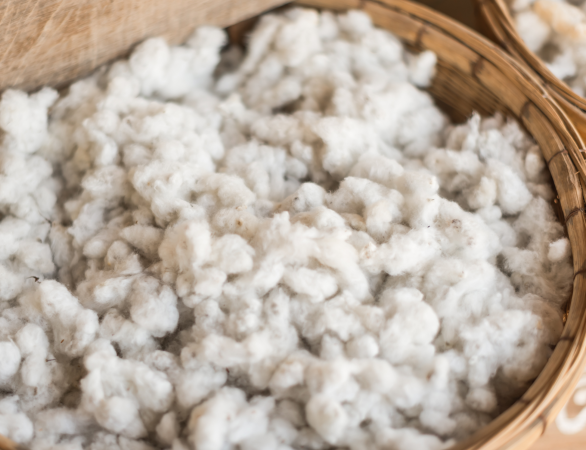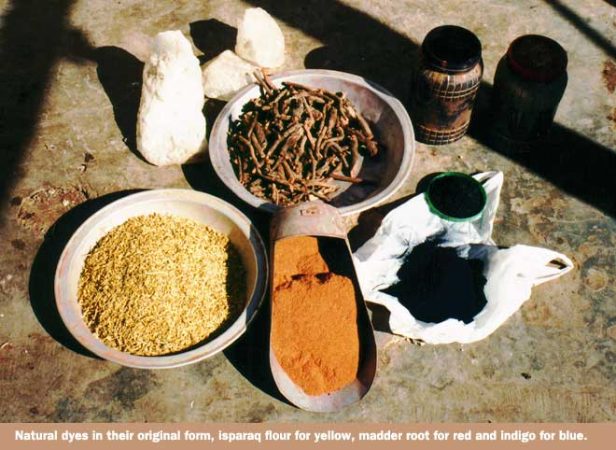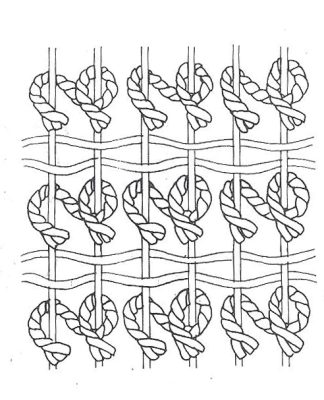Mashad
Mashad Rugs
Where Do Mashad Rugs Come From?
The rich history and artistic heritage of Mashad rugs trace back to the ancient city of Mashad, also known as Mashhad or Meshed, the capital of the northeastern Iranian province, Khorassan. This region, boasting one of the oldest cities in Iran, is globally recognized for producing some of the finest Persian rugs.
Mashad rugs are deeply entwined with the city’s cultural and historical fabric. Known for its significant religious shrines, Mashad’s spiritual influence resonates in the characteristic patterns and designs of the rugs woven in this city. The weaving practices here can be traced back to the late middle ages during the Timurid Empire, evolving into a prominent center for the rug industry.
Table of Contents
The abundant agricultural lands of the region contribute to the high-quality wool used in these rugs. The lush vegetation serves as an excellent grazing field for sheep, leading to soft and durable wool.
These qualities, combined with the vibrant colors and unique design elements of Mashad rugs, have led to a global demand for these exquisite pieces.
From their origins to the present day, Mashad rugs continue to represent the city’s cultural richness and artistic tradition, embodying the superior craftsmanship of Khorassan and its inhabitants.
Unique Characteristics of Mashad Rugs
Heralding from the holy city of Mashhad in Iran, Mashad rugs carry a rich legacy of rug weaving and are revered for their unique characteristics. Here are some of the defining attributes that make them stand out:
1. Quality Craftsmanship
Handmade by skilled artisans, each Mashad rug is a testament to the art of Persian rug weaving. Made with high-quality wool on a cotton foundation, these rugs are often intricately detailed and known for their high knot density, typically ranging from 120 to 840 knots per square inch. The tight knotting provides durable and long-lasting construction.
2. Signature Design
Mashad rugs usually follow a traditional layout featuring a large central medallion surrounded by intricate floral motifs. The corners and borders are adorned with floral or vine designs, creating a harmonious, symmetrical pattern.
3. Rich Color Palette
The color palette of Mashad rugs is generally warm and opulent. Dominated by rich reds and navy blues, these rugs incorporate other colors, such as cream, gold, and light blue, in their intricate designs.
4. Large Sizes
Unlike many other Oriental rugs, Mashad rugs are often available in larger sizes, making them ideal for spacious rooms or open floor plans.
5. Unique Finishing Touch
A notable feature of some Mashad rugs is the ‘Herati’ design, also known as the ‘fish pattern.’ This intricate motif comprises a rosette in a diamond with leaves resembling fish.
Each Mashad rug carries a story, not just of its creation but also of its creator. The centuries-old tradition, meticulous craftsmanship and detail, and unique features make Mashad rugs a cherished addition to any space.
Antique Mashad Rugs
Antique Mashad rugs are one-of-a-kind grand floor pieces produced in large sizes, especially to adorn royal palaces in and around the region. Master-weavers of that era took great pride in creating fine rugs in elaborate patterns and vibrant colors befitting their royal environment.
Geographically, Mashad is located across the desert, far from most other populated regions. Because of its relatively isolated location, external factors did not influence antique Mashad rugs. The rugs featured strictly traditional designs, patterns, and colors brought to life by local Mashad weavers. These unique rugs are the perfect floor pieces for a truly authentic Persian rug.
It was only during the later years when access to other regions became easier, that weavers started to get influenced by other cultures, and this began to show in the designs and colors used in the rugs.
The growing demand of the Western market partly influenced Mashad rugs produced in later years.
Materials Used for Mashad Persian Rugs
With easy access to high-quality wool, Mashad rug weavers don’t need to look far for materials to use. The soft, lustrous wool sourced locally makes a great start to producing their superior creations. Weavers typically use a combination of cotton and wool to give their rugs the best qualities of both materials.
The foundation is made from cotton, making the rugs firm and sturdy. The pile is made from high-quality wool, which gives the rugs their famed soft, luxurious, and lustrous look and feel.
Before the materials are used in rug making, they are dyed using colors extracted from all-natural materials. Mashad rug weavers have mastered the art of extracting dyes from vegetation and other materials found locally.
Some of these plants and materials are only found in the Khorassan region. This is one of the reasons why Mashad rugs have some unique colors that you won’t find in other Persian rugs. For example, the bright red color used in Mashad rugs is extracted from a plant that only grows in this region. You’ll rarely see this shade of red in rugs from other regions. Some other unusual colors seen in Mashad rugs are a vibrant purplish red, deep magenta, intense blue, cochineal, dark browns, and shades of green.
Weaving Techniques and Texture
Mashad rugs employ a Persian asymmetrical knot weave, utilizing 4 warps instead of the typical 2 knots. This technique allows for a higher knot count, ranging from 120 to 475 knots per square inch. The alternating use of straight and sinuous wefts creates a two-level foundation.
The wool used in Mashad rugs is renowned for its softness and lustrous texture. The natural dye extracts used help preserve the softness, unlike chemical dyes. The combination of the soft wool pile and sturdy cotton foundation ensures a durable yet luxurious feel.
Colors of Mashad
The colors of Mashad rugs are nonvarying, and most use exclusively red and blue as the dominating colors, with ivory or khaki used to provide an interesting contrast.
The background is typically deep, dark red with dark blue highlights in the center medallion, corner pendants, and border. The red background is a distinguishing characteristic of Mashad rugs.
Design Elements of Mashad Rugs
All the design elements in Mashad Rugs are mostly curvilinear. There is usually a single, large central medallion with a detailed background filled with curvilinear floral motifs and designs in the corners. The central medallion is called the Shah Abbasi medallion.
Mashad rugs have several design elements common with Kashan rugs, with only very small differences. However, Mashad rugs have one unique feature that helps distinguish between them: their elongated corners. In the Mashad rug layout, the corners are so elongated that they sometimes touch or almost touch near the center of each border on each side of the rug.
Other motifs that the Mashad weavers use, besides the Shah Abbasi motif, are Boteh and Herati motifs. Unlike the single, large, central Shah Abbasi motif, Botehs and Heratis are smaller and woven in a repeated allover design.
Typical Sizes of Mashad Rugs
During the early years, weavers usually produced large-sized, majestic rugs that occupied a prominent place in spacious palace rooms. Through the years, rug makers started creating a variety of sizes to cater to a growing demand by Western countries.
Mashad rugs can now be found in various sizes, most commonly 6′ x 9‘, 8′ x 10′, and 9′ x 12′.
Factors to Consider When Buying a Mashad Rug
When choosing a Mashad rug, it’s essential to keep several key factors in mind:
Size: Mashad carpets are often larger, perfect for grand rooms or open floor plans. Ensure you have accurate measurements of your space before making a selection.
Design and Color: Consider the rug’s design and color palette and how it aligns with your décor. Mashad rugs typically have a central medallion design and utilize rich, warm colors. Ensure these elements complement your interior aesthetic.
Quality and Condition: Check the rug’s condition for any signs of wear or damage. Also, examine the quality of craftsmanship – a higher knot density often indicates superior quality.
Origin and Authenticity: Authentic Mashad rugs are handmade in Iran. When buying, ask about the rug’s origin and seek proof of authenticity.
How to Decorate with Mashad Rugs
Decorating with a Mashad rug can imbue your interior design style with warmth, history, and artistry. Here are some tips to maximize their potential in your space:
Create a Focal Point: Given their detailed designs and rich colors, Mashad rugs can be the perfect centerpiece in your interior design style. Position your rug centrally and coordinate the rest of your décor around it.
Harmonize with Neutral Tones: The rich, warm hues of Mashad rugs contrast beautifully with neutral-toned furniture. This balance can amplify the harmony in your chosen interior design style.
Blend with Vintage Furniture: The timeless appeal and intricate patterns of Mashad rugs pair seamlessly with antique furniture, bringing out the best in your vintage interior design style.
Experiment with Layering: For larger rooms or more contemporary design styles, consider layering a Mashad rug over a larger, plain rug or wall-to-wall carpeting. This adds depth and helps delineate distinct areas within the room.
Opt for Spacious Rooms: Mashad rugs thrive in spacious rooms like open-plan dining areas or living rooms due to their typically larger size. They fill the space beautifully without overwhelming your interior design style.
Factor in the Room’s Lighting: Lighting can alter the appearance of your Mashad rug due to the sheen of their high-quality wool. Consider the interplay between natural and artificial light in your room when placing your rug.
Remember, while these guidelines can steer you, the ultimate aim is to infuse your personal taste into your interior design style. Feel free to experiment and have fun with your Mashad rug. You will surely create a unique and welcoming space that mirrors your aesthetic.
How to Care for a Mashad Rug
Proper care is crucial to maintaining the beauty and longevity of your Mashad rug:
Regular Cleaning: Regularly vacuum your rug to remove dust and dirt. Avoid the fringes, as they can get caught and damaged.
Professional Cleaning: Have your rug professionally cleaned every few years to keep it looking its best.
Rotation: Rotate your rug every few months to ensure even wear and exposure to sunlight.
Spill Management: In case of spills, blot immediately with a clean, dry cloth. Do not rub the spill, as it may cause it to spread or damage the fibers.
Rug Pad: Use a rug pad underneath your Mashad rug to protect it from wear and slippage.
Remember, a well-cared-for Mashad rug can help it age into a beautiful antique, destined to become a cherished family heirloom for generations.



